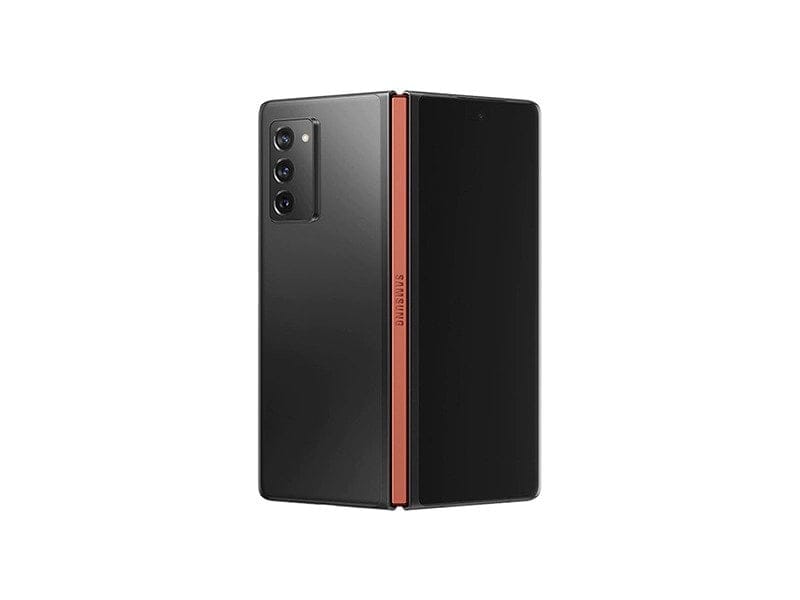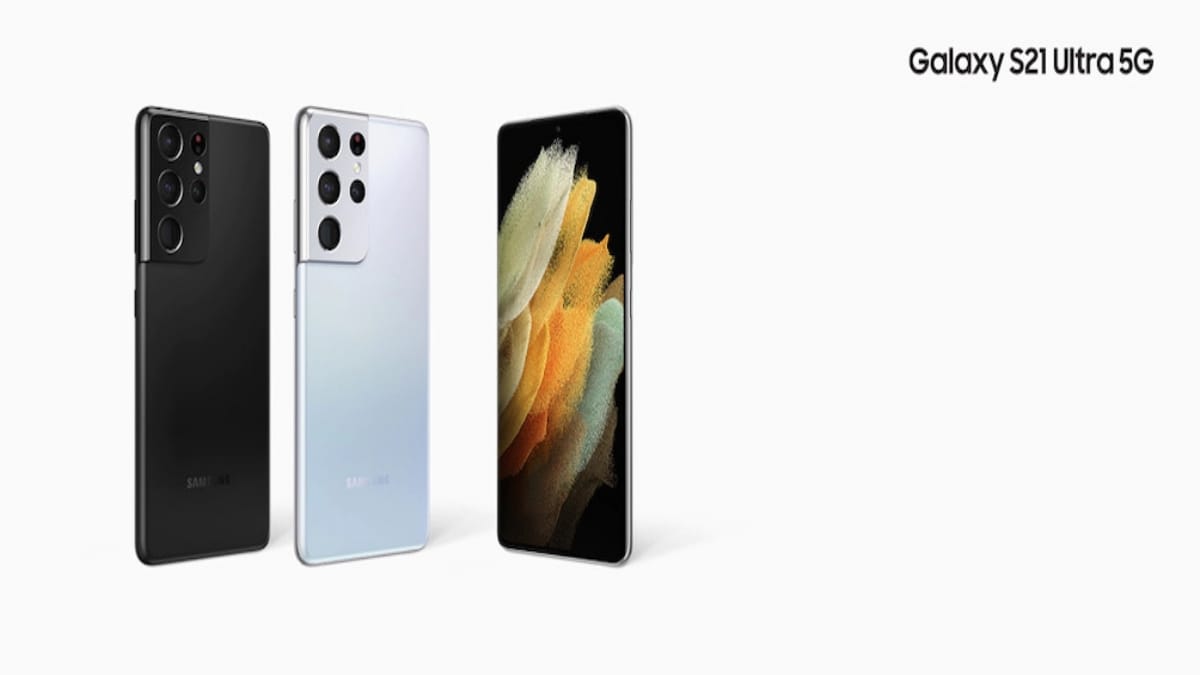On Thursday, the 14th of January, 2021, Samsung officially took the curtains off its latest and arguably greatest flagship lineup yet — the Galaxy S21. Thanks to the plethora of leaks, renders, and rumors, most of us knew what to expect. However, seeing all those projections and whispers coming to life in front of our eyes is still quite an exhilarating affair.
The three phones — Galaxy S21, Galaxy S21 Plus, and Galaxy S21 Ultra — look impressive, but there’s more to it than meets the eye. The S21 lineup has the potential to dawn a new era for Samsung and even smartphones, as a whole. And today, we’ll try to decipher what the changes could mean for us: the end-users.
Related: What is Signal App Used for?
Let’s take a look at some of the changes the S21 lineup has introduced — trends that would affect current or future Samsung smartphone owners.
Charger and expandable storage are going extinct
Apple first made a controversial, bold statement with its iPhone 7, back in September 2016, removing the headphone jack to make a more “unified” design. Samsung and other leading manufacturers made fun of the drastic step, of course, but eventually decided to follow suit. The South Korean giants fought the losing battle until 2019, but they finally had to bow down to the ever-eclipsing trend and remove the headphone jack from its flagship lineup, starting with the Note 10.

Four years later, in late 2020, Apple once again omitted something crucial, something we thought was indispensable — the charging brick. The atrocious decision to remove the brick was immediately met with loud criticism and ridicule — more so from Apple’s biggest rival, Samsung. Now, two months later, Samsung has gone ahead and done the same, dropping the charging brick from its top-of-the-line flagship lineup. The AKG-branded earphones have also been left out, meaning you get nothing but a charging cable inside the S21-branded box.
While the world mourns for the charging brick, we must also say a prayer for the Micro SD expansion. The S21 lineup doesn’t have expandable memory anymore, which means that you’ll need to shell out extra bucks, right away, if you don’t feel confident about the base storage options. Thankfully, Samsung offers at least 128GB of storage, not 64 like Apple.
Related: iPhone 12 Without a Charger Is Okay, But WTH Just 64 GB Storage!
Pricing and cutting corners
The Galaxy S21, S21 Plus, and S21 Ultra are expensive devices, no two ways about it. However, if you take a look at Samsung’s recent flagship launches, the pricing might not seem all that ridiculous anymore.
The standard S21 starts at $799.99, S21 Plus at $999.99, and the super-premium S21 Ultra at $1199.99. Don’t get us wrong, the S21 lineup is still very expensive, but if you consider S20’s launch price, the S21 family surely looks a lot more reasonable.

Last year, the standard Galaxy S20 — the 12 GB variant — was priced at $999.99 in the United States. Its elder sibling, the S20 Plus sold for $1199.99 and, finally, the spec king, the S20 Ultra started at $1399.99. This year, the entire lineup has seen a sharp $200 price drop, and Samsung’s really hoping to turn a corner with its aggressive pricing this time around.
To decrease the price, Samsung has had to make some compromises, a couple of which might be a deal-breaker for some. Of course, the premium headphones and fast chargers have been thrown out of the box, while the Micro SD expansion is also nowhere to be found. Still, the two most glaring cuts can be found on the S21 and the S21 Plus, both of which now have a ‘Glasstic’ back panel and 1080P screen. The South Korean OEM, who has a reputation for being a pioneer in the display segment, probably should’ve done better in these two aspects, especially considering the asking price of the devices.
Related: 5 Reasons Why Google SHOULD NOT replace Duo with Meet
The Ultra-special treatment
Last year, for the first time, Samsung introduced the ‘Ultra’ brand to the world. The first-generation Ultra, the S20 Ultra, was a beefy, maxed-out piece of magnificence and offered a periscope lens with 100x Zoom. Despite having the tech to implement the same in Note 20 Ultra later in 2020, Samsung capped it at 50x, for undisclosed reasons.

This year, Samsung has made its intention, crystal clear, telling us exactly what it wants to do with its future S-series flagships. This year, the S21 Ultra is leaps and bounds ahead of its non-Ultra siblings. It has a huge battery, a Quad HD screen that can handle 120hz with ease, a premium glass back, a 108 MP camera with 100x Space Zoom, and more. The device screams premium and is created to please even the most nitpicky enthusiast.
From here on out, expect Samsung to push its regular S-series flagships down the pecking order, elevating the Ultras as much as possible. A couple of years down the line, the Ultras would probably reign as the only device worth getting for a Samsung fanatic.
Related: Why do you need End-to-End Encryption for video calls and messages
End of the road for the Note lineup?
Since its launch, the Note series has ruled the market as the best-in-class Android lineup for professionals and enthusiasts. Last year, with the introduction of the S20 Ultra, Samsung made some changes to the dynamic, but this year’s statement is a lot more clear.

As you may already know, the Galaxy S21 Ultra has become the first, mainstream Galaxy S-series smartphone to support the S-Pen — a feature that used to be exclusive to the Note series. Of course, the S-Pen you can get with the S21 Ultra isn’t an integral accessory like the Notes, but it’s still plenty useful. To use and keep the S-Pen secure with your S21 Ultra, you can get an optional, rugged silicone case from Samsung. The case, with the S-Pen, costs $69.99 on Samsung’s portal.
Despite missing out on some of the fancier gestures, the S-Pen for the S21 Ultra delivers an uncompromising doodling and writing experience. The pen, too, feels like a real pen, and not like a half-sized substitute as found on the Note series. So, if you’re one of the many users who weren’t too comfortable with the S-Pen situation on the Galaxy Note series, the S21 Ultra might offer a pleasant albeit expensive respite.
With the S-Pen exclusivity out of the window, Samsung doesn’t exactly have much incentive to extend the Note lineup. Yes, the ‘Note’ moniker has its charm, but charm and nostalgia might not be enough to keep the legend growing.
Related: 7 Best HBO Max Movies Under 90 Mins
A window for Foldables
If Samsung actually ends up pushing the Note lineup out of its perch, it will give the company more room to focus on its next-gen lineup — Galaxy Foldables. Both the Z-Flip and Fold have done their fair share to excite the masses, but they are still not practical and viable enough to become Samsung’s flagbearers.

By thinning the herd, Samsung can give its foldable devices the attention they deserve. As an added functionality, Samsung could also power its Z Fold with the S-Pen. We believe the extra screen real estate on the Z-Fold would come in particularly handy if the S-Pen comes into the picture.
Related: How Does Telegram Make Money?
Foldables to get cheaper?
Yes, it’s a pipe dream, but we could see it become a reality in 2021 itself. Samsung has already removed the charger and headphones, which has certainly helped them bring the cost down from last year’s models. And it would be interesting to see if they try to use the same philosophy on the Z Flip and Galaxy Z Fold as well.
Currently, the Z-Fold 2 5G is retailing for $1999.99, which is crazy expensive, to say the least. So, even a $200 price cut on next-generation hardware would be a welcome change.
Hold on to your Note
Samsung has been facing a lot of questions about the future of its Note lineup, but the South Korean company has not yet offered a straightforward answer. We know that the S-Pen functionality would be expanded to other Galaxy phones, but we’re still not sure what that’d mean for the Note series.
By the looks of it, the ‘Note’ moniker could very well become a thing of the past, which is why we’d advise you to hold on to your current Note or even get a new one if you like the grandness of the lineup. The future may not be as hopeful for Note enthusiasts.
Related: How to Clear Chat History in Signal
Chargers could stay for low- and mid-segment smartphones
First and foremost, the charger and in-box headphones are set to take a hike. Yes, Apple led the way back in November, but we didn’t expect the biggest player in the Android world to follow the Cupertino giant’s footsteps in only a couple of months. The previous-generation flagships, like the S20 and Note 20, would also see their boxes trimmed down. However, we’re not sure how deep Samsung’s willing to go here. Removing components from flagships is one thing, but doing the same from mid-range offerings is a completely different ball game. We hope Samsung offers more clarity about the charger situation sooner than later.
For now, we think Samsung wouldn’t cut corners in the low- and mid-range segments until and unless competition starts following the trend. But given these two segments are heavily dominated by Chinese OEMs who prefer in giving more than less, we think you are going to get the charger brick if you are buying a non-flagship phone.
Related: Signal vs WhatsApp vs Telegram
Now that you’ve seen the newest trends Samsung introduced with the Galaxy S21, you must already have a fair enough idea of the future, the compromises we might see.













Discussion